Technique Toolbox: Wet Blending
May 20, 2014 by dignity
For some website features, you will need a FREE account and for some others, you will need to join the Cult of Games.
Or if you have already joined the Cult of Games Log in now
What difference will having a FREE account make?
Setting up a Free account with OnTableTop unlocks a load of additional features and content (see below). You can then get involved with our Tabletop Gaming community, we are very helpful and keen to hear what you have to say. So Join Us Now!
Free Account Includes
- Creating your own project blogs.
- Rating and reviewing games using our innovative system.
- Commenting and ability to upvote.
- Posting in the forums.
- Unlocking of Achivments and collectin hobby xp
- Ability to add places like clubs and stores to our gaming database.
- Follow games, recommend games, use wishlist and mark what games you own.
- You will be able to add friends to your account.
What's the Cult of Games?
Once you have made a free account you can support the community by joing the Cult of Games. Joining the Cult allows you to use even more parts of the site and access to extra content. Check out some of the extra features below.
Cult of Games Membership Includes
- Reduced ads, for a better browsing experience (feature can be turned on or off in your profile).
- Access to The Cult of Games XLBS Sunday Show.
- Extra hobby videos about painting, terrain building etc.
- Exclusive interviews with the best game designers etc.
- Behind the scenes studio VLogs.
- Access to our live stream archives.
- Early access to our event tickets.
- Access to the CoG Greenroom.
- Access to the CoG Chamber of Commerce.
- Access the CoG Bazarr Trading Forum.
- Create and Edit Records for Games, Companies and Professionals.
Supported by (Turn Off)
Supported by (Turn Off)
Supported by (Turn Off)































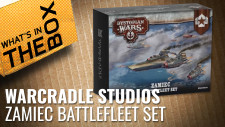
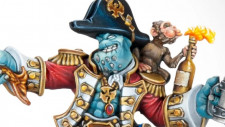










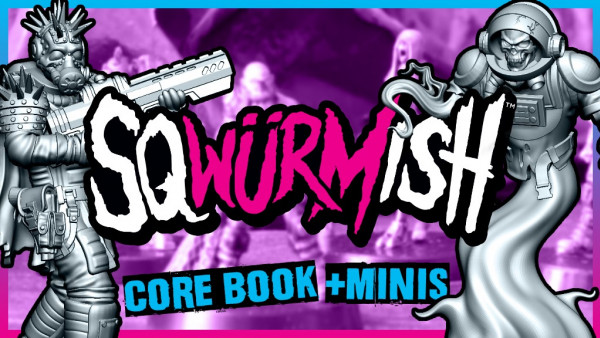
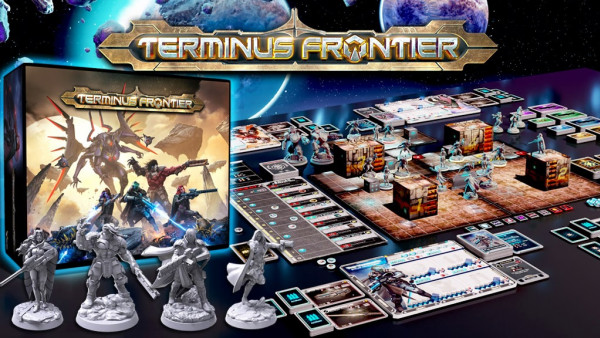

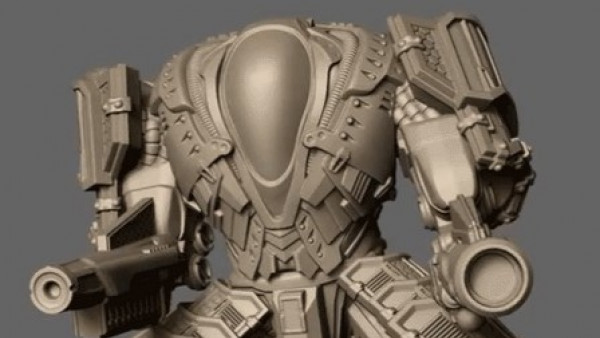

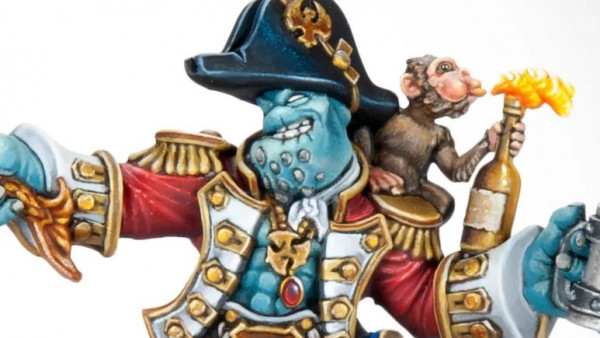
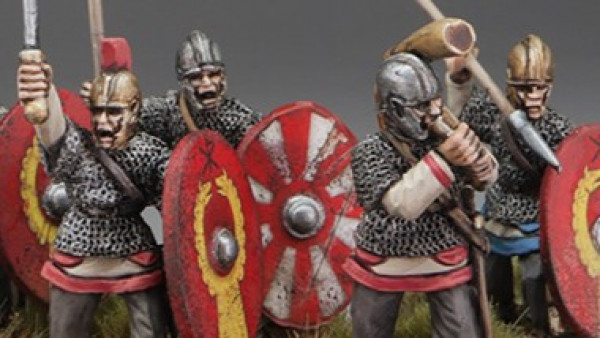

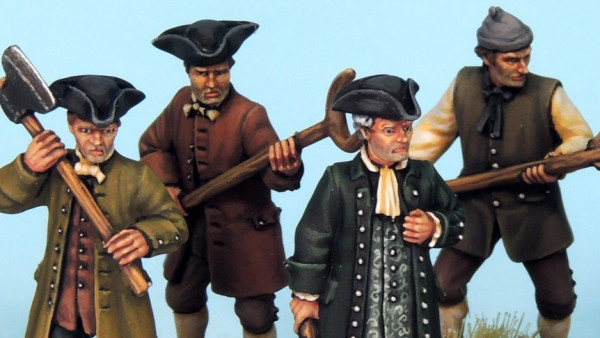

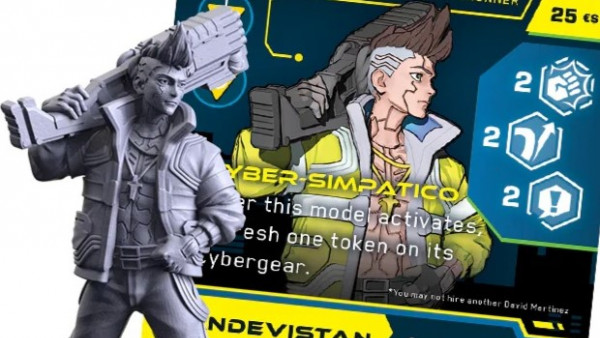
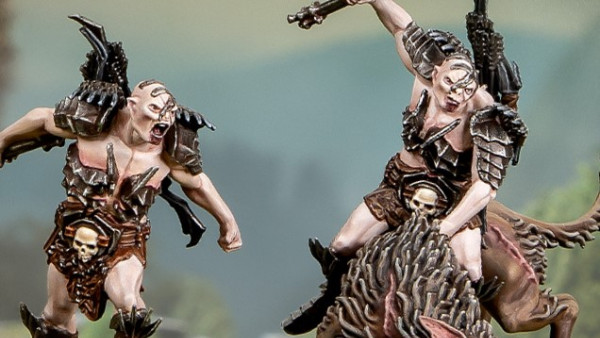
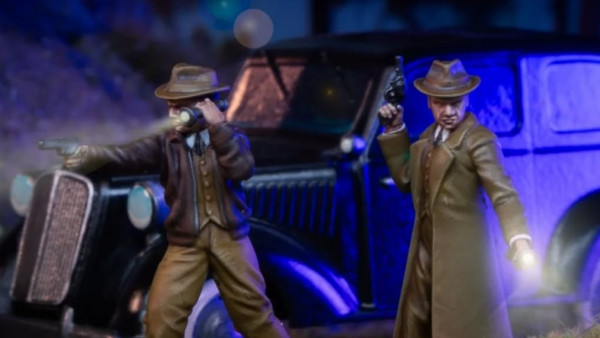
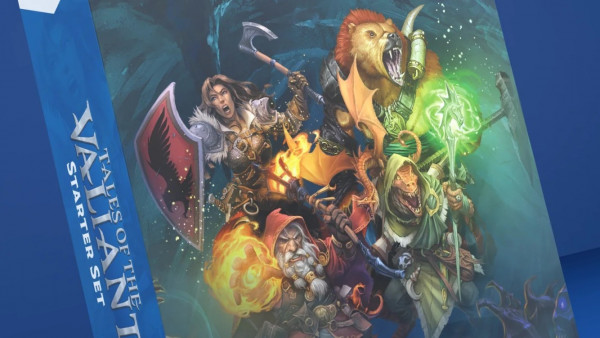

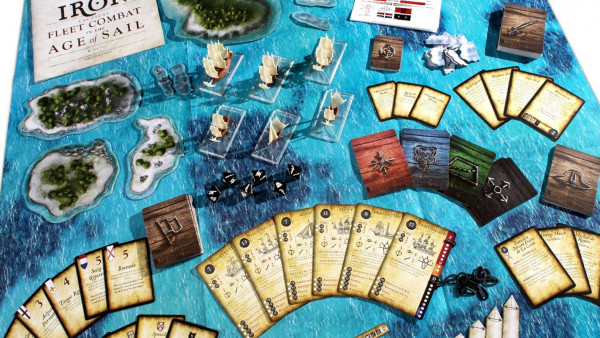
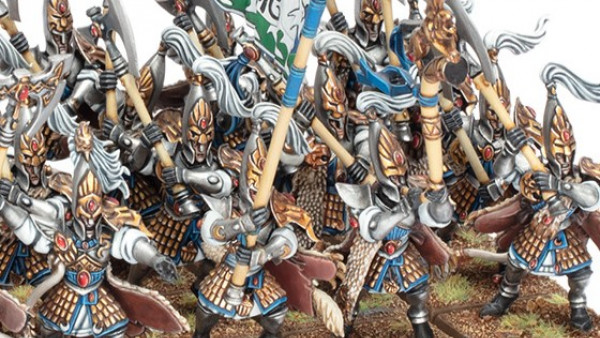
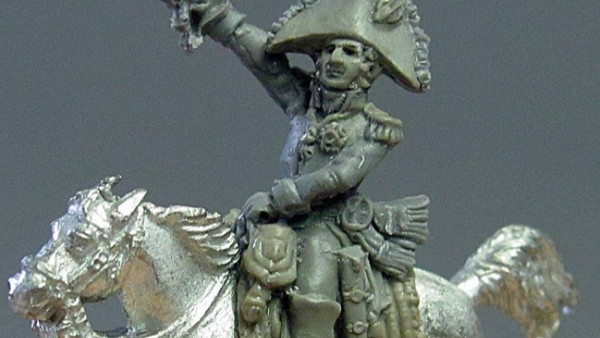
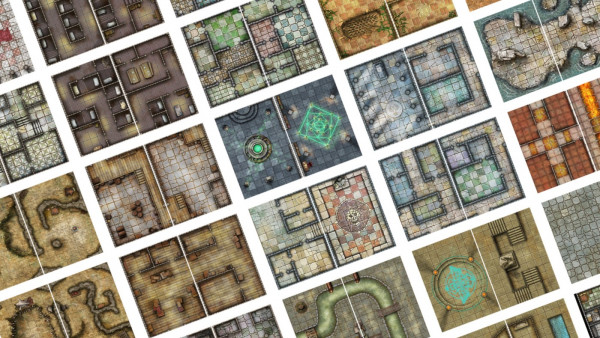
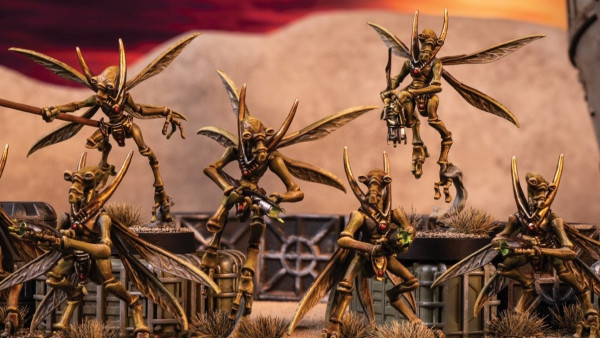

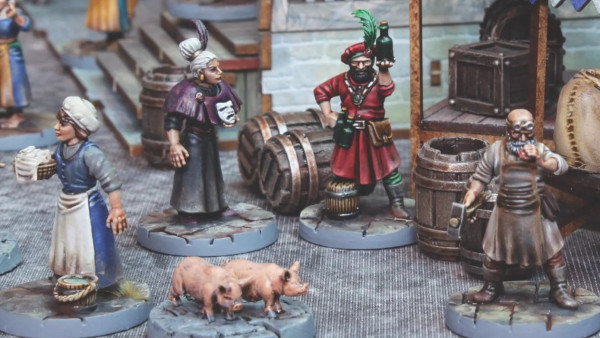


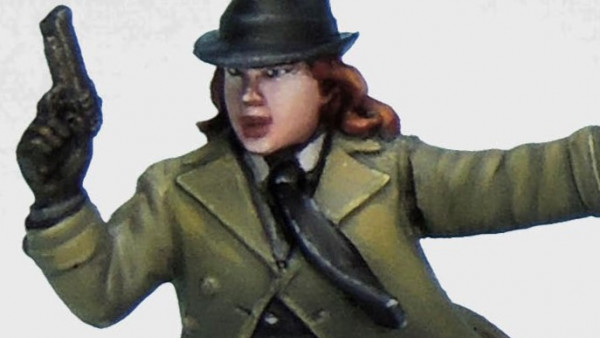
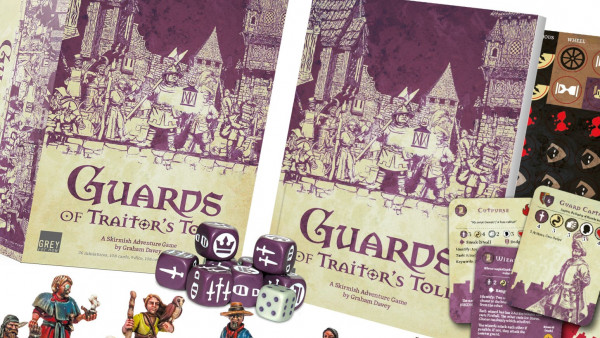
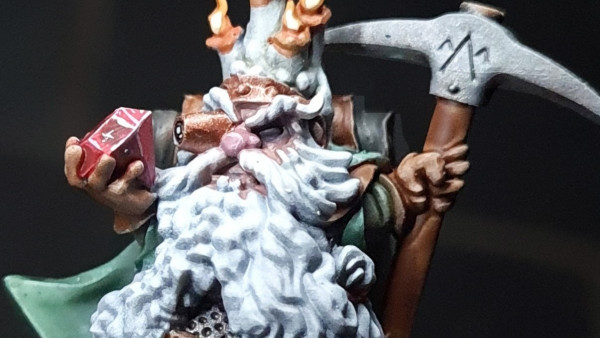

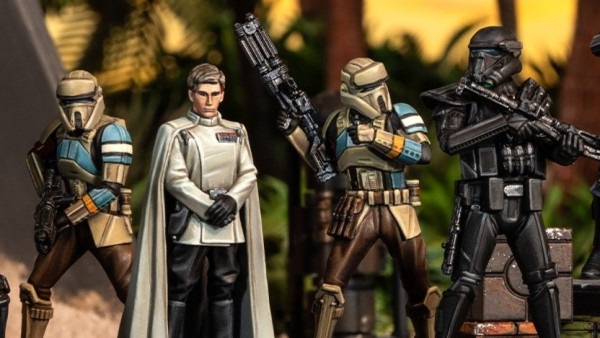
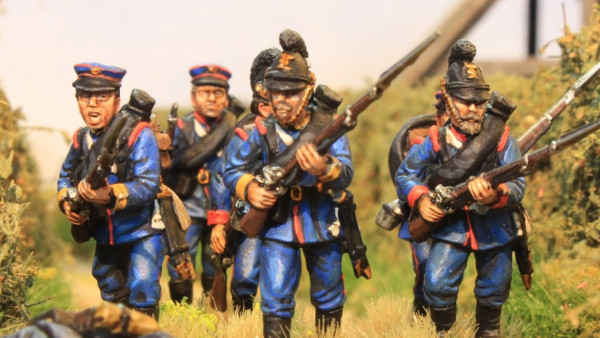

Very enjoyable video, as always.
For some reason it just never occurred to me to wet blend shading. I tend to slap on a wash or two to shade, then once it’s dry, wet blend highlights over the top. I must give this a go though, at least whee the shading would benefit from a bit more control.
It’s a great technique, I know the 2 brush method is very popular. Using 1 brush to apply the paint and a clean brush that you wet by putting it in your mouth rather than water to blend, it’s very effective.
I can be a messy painter and I have to admit … I’ve tasted more than my share of paint when I learn too late that the brush wasn’t quite clean. 🙂 I find British grenadier reds to be tangy yet smooth, American olive green to go great with a salad, and Soviet cinnamon brown a perfect after-dinner treat.
You know, it’s strange, it never even dawned on me that one could lick the brush. I simply don’t do it… is “point” it again by shaking it, or with my fingers. Still, a lot of painters do it… as long as you’re not poisoning yourself, you’re fine !
This technique sounds like it would be perfect for a lot of the painting I do (vehicles), with the “large, flat surfaces” Romain describes. So perfect, in fact, that I may have “self-invented” a malformed and demented version of this in my attempts to belt- and mottle-camouflage German tanks without an airbrush. 🙂 Needless to say, after watching this video I realize at least three things I was doing wrong. Thanks again, Romain, All your videos have been awesome, but at least for me specifically, and the particular type of minis I paint, this might be the most helpful and… Read more »
Hey, thank you for your viewership !
There’s nothing “wrong”, there’s only techniques that work for specific stuff… There are no mistakes, just trying new stuff, and happy little accidents ! This is a hobby, it’s meant not to be punitive ! 🙂
I’m glad you learned something useful for the painting of tanks, even though that wasn’t the intended benefit. A technique is a technique is a technique…
As someone who has tended to use the ‘wash’ technique this is very interesting. The shading seems to work better than the highlighting as you’re largely removing paint with the water.
Do you think starting with a lighter base coat (almost highlight colour) and focusing on shading would work better?
PS. Thanks, this is new to me and was very educational. Combined with the ‘wash/glaze’ technique (as I think it should be) this will be very useful.
Yes, that’s how I use it… but it deserved its own tutorial ! Do combine any and all techniques in this series, of course, that’s the purpose of it ! 🙂
Thanks ! 🙂
I think most of the highlighting works “less well” because I’m more used to shading than highlighting : my favorite technique is successive glazes starting from a white primer. Also, mistakes are more visible on top of the surfaces, with bright colours.
My personal my opinion is that one should minimize the chances of making mistakes when painting, not just learning precision not to make them… but, really, the technique works for highlights as well.
I’ll definitely be trying this out soon, thanks Romain!
Great video again Romain! I eagerly await each installment.
I also wanted to drop a line to say a thank you for your How to on wet palettes. I found it in the last month and it has transformed my struggle with painting a whole lot!
Yes, a wet palette really takes you up a notch for display painting. Thanks a lot for the kind words ! 🙂
Hi Roman, hi everybody,
I have a question. In the other Tutorials you start from the base color and then lighten up. The blending you do with darker paint. Is ist better to use a ligter basecoat and blend over dark tones until you get the final result, rather then blend with lighter colors?
Of course blending with lighter colors will take more time. Is there an advantage besides time efficency?
Hi ! Thanks for your viewership… I can tell you what I prefer : start with a light colour, then shade, then touch up and highlight. But that’s just me. i know plenty of painters who go back and forth between highlighting and shading, and a lot of painters who start with dark colours and highlight more and more. There is no “wrong” way, all ways are efficient ways to get results, even though there are products, techniques and styles more adapted to one technique or the other. If you start with lighter colours, glazes are probably the way to… Read more »
Thanks for all the kind words, guys !
As always, don’t hesitate to ask questions, that’s what I’m here for ! 🙂
Another well presented and informative video Romain. Wet blending is a technique I enjoy using so it’s great to see another’s take on this method of painting. Keep up the great work mon ami.
Great tutorial for a technique I’ve always admired but have never been able to quite accomplish, after watching this I think I’ll have to take another crack at it.
Thanks ! 🙂
It’s really not that hard… it’s a sleight of hand to learn, that’s all.
I think I’m going to use it on that antique Necron Army I’m starting to collect (all 2nd edition 40K ones).
Since I’m feeling ambitious a bit and since those minis a/ are hard to come by and b/ are sometmes expencive I’ll have all the time to do NNM’s on them 😀
Grand merci Romain pour cette super explication 😉